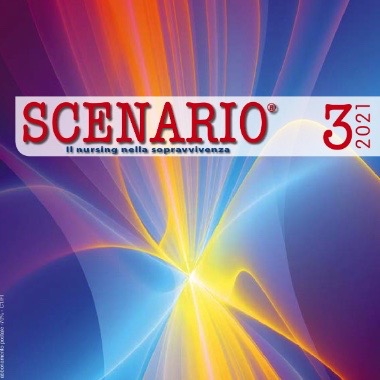L'efficacia della metodologia didattica del Problem-Based Learning e della Flipped Classroom in Unità di Terapia Intensiva: revisione narrativa

Ricevuto: 6 novembre 2021
Accettato: 6 novembre 2021
Pubblicato: 6 novembre 2021
Accettato: 6 novembre 2021
Abstract Views: 518
PDF: 129
Publisher's note
All claims expressed in this article are solely those of the authors and do not necessarily represent those of their affiliated organizations, or those of the publisher, the editors and the reviewers. Any product that may be evaluated in this article or claim that may be made by its manufacturer is not guaranteed or endorsed by the publisher.
All claims expressed in this article are solely those of the authors and do not necessarily represent those of their affiliated organizations, or those of the publisher, the editors and the reviewers. Any product that may be evaluated in this article or claim that may be made by its manufacturer is not guaranteed or endorsed by the publisher.

 https://doi.org/10.4081/scenario.2021.489
https://doi.org/10.4081/scenario.2021.489




